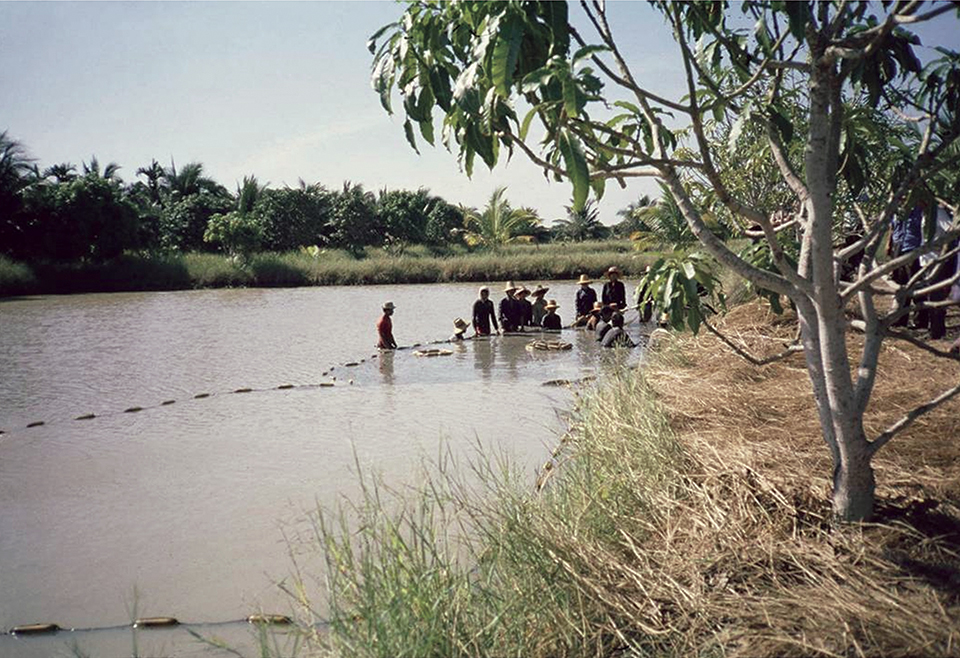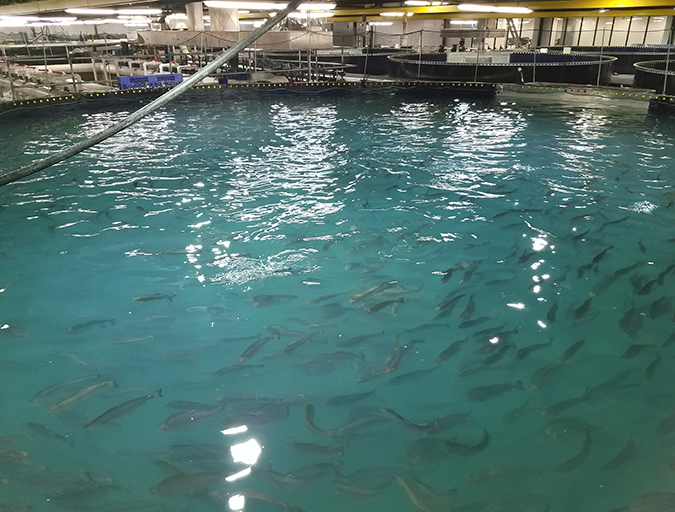Pseudoscience, non-standard practices breed problems

For those who make their living buying and selling shrimp, the whims and vagaries of the marketplace at times are far from clear. Many factors affect the price of shrimp, and while common sense dictates that supply-side economics would be a large factor, things are unfortunately not always so evident.
Even though the actual production of shrimp is fairly straightforward, as with many endeavors of this nature, the outcome is not always clear cut. For new farms established in pristine areas, there is often a time period that many jokingly refer to as the honeymoon. Production is good, no matter what one does wrong, and as long as prices are solid, it seems as if many of these farmers have licenses to print money. Yet within these operations, the seeds of failure are often being sown.
Disease is natural
Too many farmers fail to appreciate that the absence of disease is unnatural. Disease is a natural process, and the traditional high-stress monoculture rearing environments are typically not conducive to the sustained absence of profit-limiting disease.
In a production paradigm where science is marginalized and pseudoscience is the norm, the risks are even greater. Many farms that I have visited over the years are accidents waiting to happen. Managers perceive that they are taking appropriate steps to minimize the impacts of preventable problems, when in reality, this is often far from the case. In many cases, the underlying potential causes of future problems are clear, and in others, while not as clear, are no less real.
Production and disease
Right now we are seeing a gradual erosion of production in a number of countries in Southeast Asia. In some, the underlying cause of specific patterns of mortality has been identified. An example of this is the infectious myonecrosis virus that is currently seriously impacting production in Indonesia. There is a very strong probability this virus originated in Brazil. It is spreading, and many shrimp health experts fear it is only a matter of time until it is confirmed elsewhere.
In many other countries, problems seem to be much more generic in nature. The leading cause of mortality in farmed shrimp is bacterial disease, with vibrios typically being the primary pathogens. However, they often are secondary and non-obligate pathogens.
The serious stress shrimp experience as a result of culture practices, combined with a lack of understanding about the true nature of biosecurity and proactive health-monitoring programs, and reliance on pseudoscience ensures that problems will occur. Sloppy culture practices ignoring tried and tested science invariably lead to problems.
Standard practices not routine
Do not expect this to change any time soon. While some efforts are being made to standardize culture practices to ensure that preventable problems are avoided, the reality is that standard practices are not yet routine.
Factors such as failure to quarantine animals that might be carrying potential pathogens, production at super-high densities without stress mitigation and failure to ensure that effluents are not components of influents can lead to significant problems. Failure to truly understand disinfection and know-it-all managers who have produced successfully despite lacking an appreciation for the many different factors in the disease process will continue to ensure that small regional problems will cross borders and become systemic problems. Disease will continue to periodically ravage the industry.
Perspectives
Of course this does not mean the situation is hopeless or even close to it. As with many things in life, when one area suffers, another benefits. If Southeast Asian production fails, and demand remains, operations that are successfully producing in other parts of the world will reap the benefits.
This has happened many times in the last three decades and is part of the reason growth will continue despite regional problems. Unfortunately, all too often, those who fail move on and perpetuate culture practices that lead to failure again.
What you can count on is that some of the companies that currently supply you with farmed shrimp and fish will not always be there for you. As someone who relies on these companies to be consistent, you can increase the chances that they are by utilizing the services of third parties to routinely perform technical operational audits. These are not certifications. Sustainability is multifaceted, and the implementation of site-specific strategies often requires experts who see beyond what are perceived to be the traditional boundaries.
(Editor’s Note: This article was originally published in the September/October 2011 print edition of the Global Aquaculture Advocate.)
Now that you've reached the end of the article ...
… please consider supporting GSA’s mission to advance responsible seafood practices through education, advocacy and third-party assurances. The Advocate aims to document the evolution of responsible seafood practices and share the expansive knowledge of our vast network of contributors.
By becoming a Global Seafood Alliance member, you’re ensuring that all of the pre-competitive work we do through member benefits, resources and events can continue. Individual membership costs just $50 a year.
Not a GSA member? Join us.
Author
-
Stephen G. Newman, Ph.D.
President and CEO
AquaInTech Inc.
16715 52nd Avenue W, Suite E
Lynnwood, Washington 98037 USA
Tagged With
Related Posts

Health & Welfare
‘Big picture’ connects shrimp disease, inbreeding
Disease problems on shrimp farms may be partly driven by an interaction between management practices that cause inbreeding in small hatcheries and the amplification by inbreeding of susceptibility to disease and environmental stresses.

Health & Welfare
A comprehensive look at the Proficiency Test for farmed shrimp
The University of Arizona Aquaculture Pathology Laboratory has carried out the Proficiency Test (PT) since 2005, with 300-plus diagnostic laboratories participating while improving their capabilities in the diagnosis of several shrimp pathogens.

Intelligence
A land grab for salmon (and shrimp) in upstate New York
The operators of Hudson Valley Fish Farm see their inland locale as a pilot to prove that land-based fish farming, located in close proximity to major metropolitan markets, can be successful.

Aquafeeds
A look at protease enzymes in crustacean nutrition
Food digestion involves digestive enzymes to break down polymeric macromolecules and facilitate nutrient absorption. Enzyme supplementation in aquafeeds is a major alternative to improve feed quality and nutrient digestibility, gut health, compensate digestive enzymes when needed, and may also improve immune responses.



